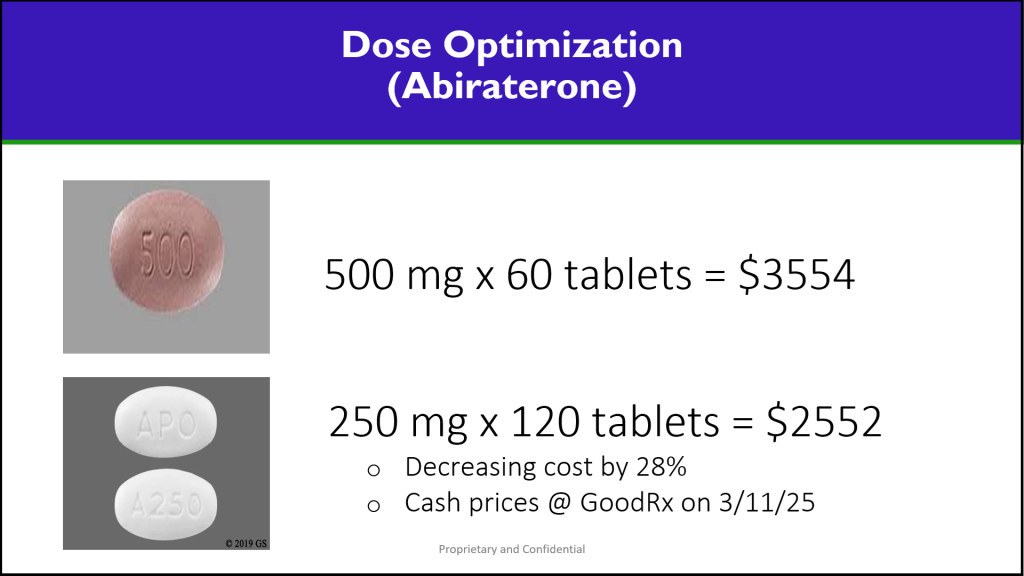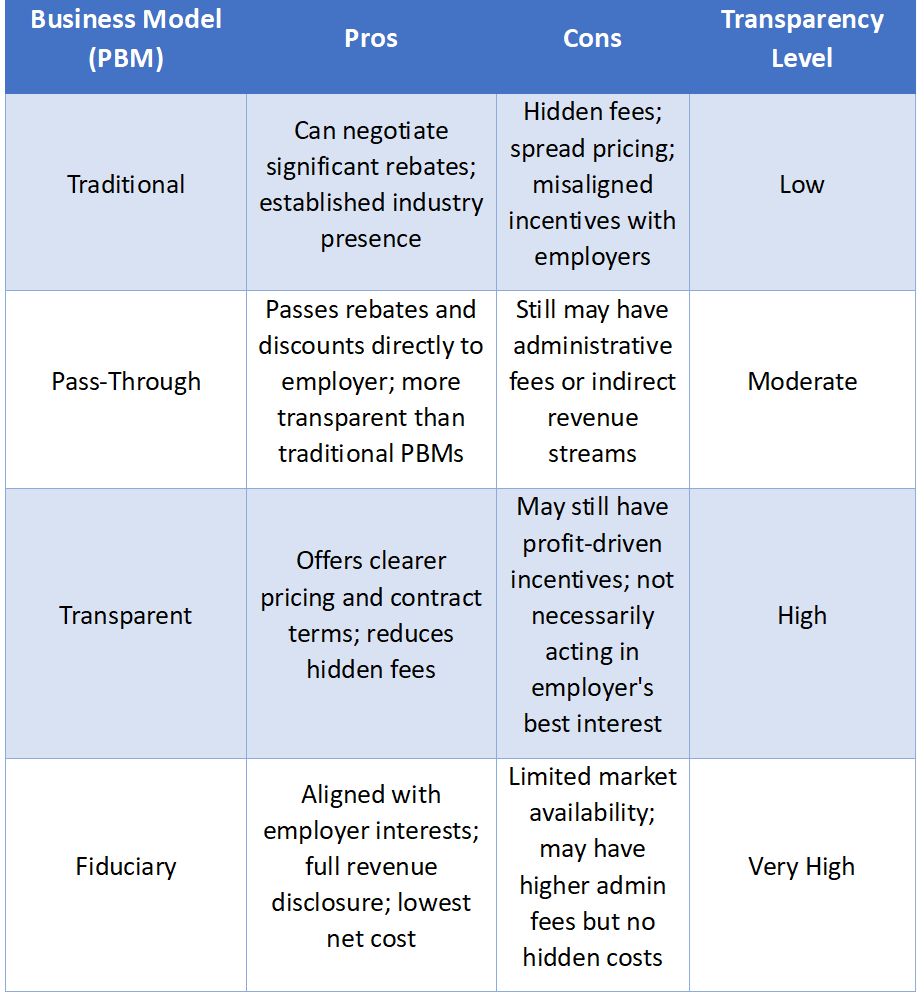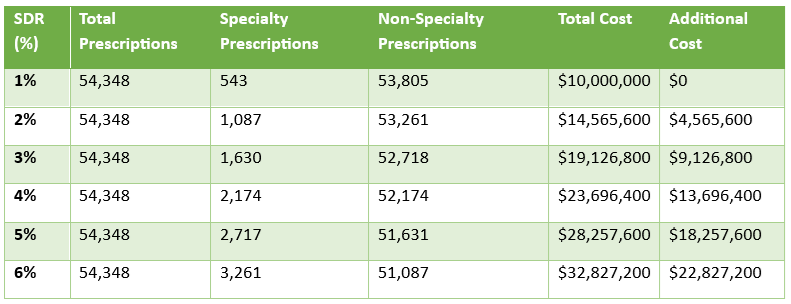5 “Innocent” PBM Contract Clauses That Can Cost You Big

Not all red flags in PBM contract clauses are obvious. Some are buried in plain sight, phrased to sound harmless, even routine. But make no mistake, these clauses are often where profit hides, and where plan sponsors lose control. Here are five such clauses that deserve your full attention.
1. “Brand Effective Rate” Guarantees
On the surface, a Brand Effective Rate (BER) seems like a safeguard—a guarantee you’ll get a certain discount off AWP for brand drugs. But here’s the trap: PBMs typically define “brand” based on their internal classification, not by FDA or Medispan standards. That means drugs commonly accepted as generics may be counted as brands in your pricing guarantees. This manipulation boosts the PBM’s spread revenue and inflates your actual drug spend—all while appearing to honor the BER.
Example clause: “PBM guarantees a Brand Effective Rate discount of 18% off AWP for brand drugs as determined by PBM’s internal classification system.”
Fix: Demand clarity. The contract should reference a third-party source like Medispan for how “brand” and “generic” drugs are defined, not leave it up to the PBM.
2. “Custom Rebate” or “Non-Standard Rebate” Language
Some contracts give PBMs the ability to retain rebates that fall outside the traditional formulary or performance structures. These might be labeled as “custom,” “specialty,” or “administrative” rebates. These aren’t small dollars. They’re just hidden from view.
Example clause: “PBM will remit 100% of formulary rebates. PBM retains administrative, data, and market share incentives associated with manufacturer contracts.”
Fix: Require full transparency and 100% pass-through on all rebates—no matter what label they carry. Avoid vague classifications.
3. “Market Check” Clauses Without Enforcement
A contract might include a market check clause, promising to benchmark pricing mid-contract. But if there’s no mechanism to enforce it—or worse, the PBM controls the data source—it’s window dressing.
Example clause: “PBM agrees to conduct a market check upon client request in the second contract year. PBM will assess market competitiveness and make adjustments where appropriate.”
Fix: Ensure market checks are tied to independently verifiable data sources and come with actionable pricing adjustments. If it’s not enforceable, it’s useless.
4. “Sole Discretion” Language for Formulary or MAC Lists
Clauses that give the PBM “sole discretion” to update the formulary or MAC pricing are dangerous. It gives them unilateral control over which drugs are covered and at what price—without accountability.
Example clause: “PBM may, at its sole discretion and without prior approval, modify the formulary or MAC pricing schedule to reflect current market conditions.”
Fix: Retain audit rights and require notification and approval for key formulary or MAC list changes. At a minimum, add a right to exit if the PBM acts against your financial interests.
5. “Audits Must Be Conducted by a Qualified Third Party”
This one sounds reasonable—until you try to conduct an audit. PBMs often define “qualified” in a way that disqualifies anyone who might dig too deep or ask the right questions.
Example clause: “Client may audit PBM once per contract year using a nationally recognized auditor approved by PBM.”
Fix: Retain the right to use an auditor of your choice, as long as they meet reasonable privacy and security standards. Don’t give the fox a say in which watchdog gets hired.
PBMs are skilled at writing contracts that preserve their margin while appearing compliant. That’s why it’s not enough to just review your contract—you have to decode it.
At TransparentRx, we operate under a fiduciary standard of care. That means no hidden clauses, no retained rebates, and no conflicts of interest. If you want a second set of eyes on your PBM agreement—or you’re tired of feeling like you’re being out-negotiated—let’s talk.






